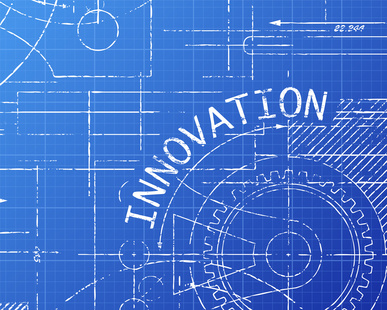Innovation Systems

Innovation is about the development and diffusion of novelties, including new technologies. Innovation processes involve different kinds of actors (firms, research institutes, policy makers, associations), institutions (e.g., societal norms, technology standards, policies), and technologies (e.g., complementary technologies, infrastructures). The technological innovation systems (TIS) framework is used to analyze innovation dynamics in a holistic way.
SusTec research on innovation systems typically focuses on novel technologies such as hydrogen, fuel cells, batteries, biogas, or smart grids. The idea is to analyze the performance of a TIS in a specific context and to make suggestions for improvement. However, recent studies have also focused on the decline of innovation systems (e.g., coal, nuclear energy). Most TIS studies at SusTec have at least two objectives: to advance our empirical understanding of a specific technology, and to improve existing concepts and frameworks.
Key findings:
- Time and again, nuclear is portrayed as a future option to produce low-carbon electricity. However, the global TIS on nuclear energy (large, conventional reactors) is in a state of decline, many new projects are plagued by time and cost overruns, and the remaining technology competence is concentrated in a few countries such as Russia or China. This reduces the potential to rely on nuclear for tackling climate change (external page Markard et al., 2020 ).
- Many countries have set targets to phase out coal fired power generation. The socio-political processes that lead to such decisions are highly contested. Discourses in different countries (UK, Germany, Finland) show similarities but also differences (external page Markard et al., 2022 ).
- To apply the TIS framework for the study of sustainability transitions, e.g. to analyze technology decline, we suggest taking a TIS life cycle perspective that takes into account the interplay of the focal TIS and different context systems (Download Markard, 2020)
- Deployment policies do not only affect focal innovations but also complementary technologies such as batteries for the integration of wind and solar (Download Sinsel et al., 2020 ).
- The interaction of a focal innovation system with different sectors along the value chain is crucial for knowledge development and knowledge flows (Download Stephan et al., 2017)
- In an emerging TIS, institutional structures develop over time and space in a patchwork-like way, thereby shaping and changing the conditions for strategic action. Standard development in smart meter technology is a case in point (Download Markard and Erlinghagen, 2017)
- Complementarities are at the heart of innovation system approaches. We have developed a framework to systematically analyze complementarities in the context of socio-technical transitions (Download Markard and Hoffmann, 2016)
- Legitimacy is key for novel technologies. A recent study on biogas shows how the loss of legitimacy can affect the prospects of an emerging TIS (Download Markard et al., 2016)
- Using qualitative comparative analysis (QCA) we reveal two layers of innovation systems: a ‘central’ layer that hosts generic innovation systems and that constitutes the foundation for a second ‘surface' layer, which hosts regional and sectoral innovation systems. (Download Meuer et al., 2015)
- The TIS framework has received a lot of attention in recent years but requires further conceptual development. There are at least six major issues scholars may concentrate on when developing the framework further (Download Markard et al., 2015)
- One important aspect is the identification and analysis of context structures that interact with the development of the focal technology (Download Bergek et al., 2015)
- Existing sectors are important context structures: Among others, they may contribute to knowledge development and diffusion in different ways and to a different extent (Download Stephan et al., 2017)
- Institutional mismatches and hampered flows of resources may represent crucial barriers for technology diffusion in developing countries (Download Blum et al., 2015)
- TIS studies are also confronted with normative issues and scholars may want to be more explicit about why they study a specific technology (Download Bening et al., 2015)
- Policies to support the emergence of new technologies may have to be adapted frequently because of the complex dynamics and unpredictable developments in innovation systems (Download Hoppmann et al., 2014)
- From an organizational point of view it is important to note that technological innovation systems do not just emerge but are strategically created, through processes of system building, by actors with an interest in the novel technology (Download Musiolik and Markard, 2011)
- In order to create common resources, such as educational programs, technology standards or public support programs, within a TIS, firms may join forces in alliances and formal networks (Download Musiolik et al., 2012 ; Download Musiolik et al., 2018)
- While most studies analyze technological innovation systems from an ex-post perspective, we also developed a framework for prospective TIS analysis (Download Markard et al., 2009)
- The TIS framework may be combined with conceptual elements from the multi-level perspective to obtain a more holistic view on the emergence of novel technologies (Download Markard and Truffer, 2008)
If you would like to receive more information or have questions on this topic, please contact one of the following experts: